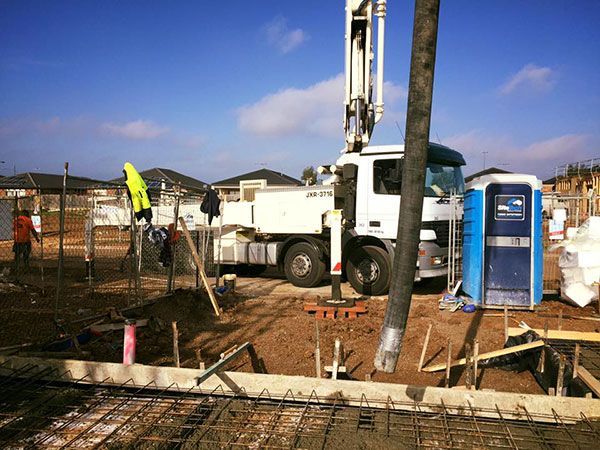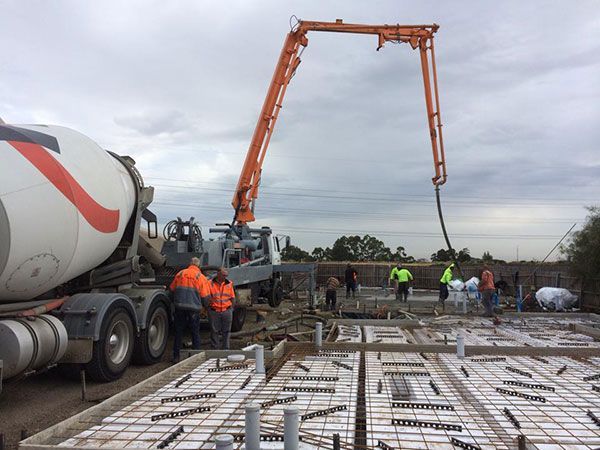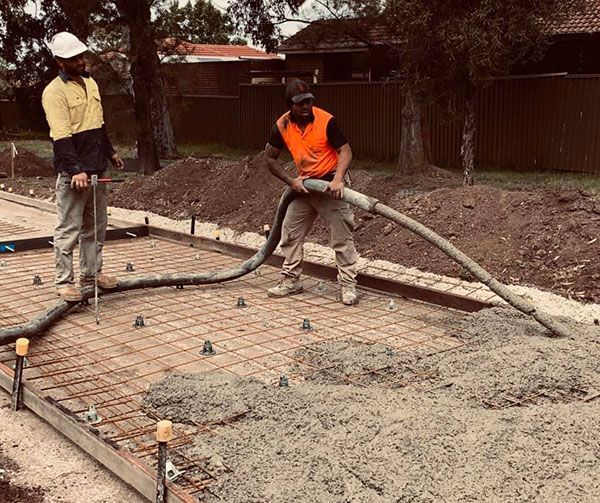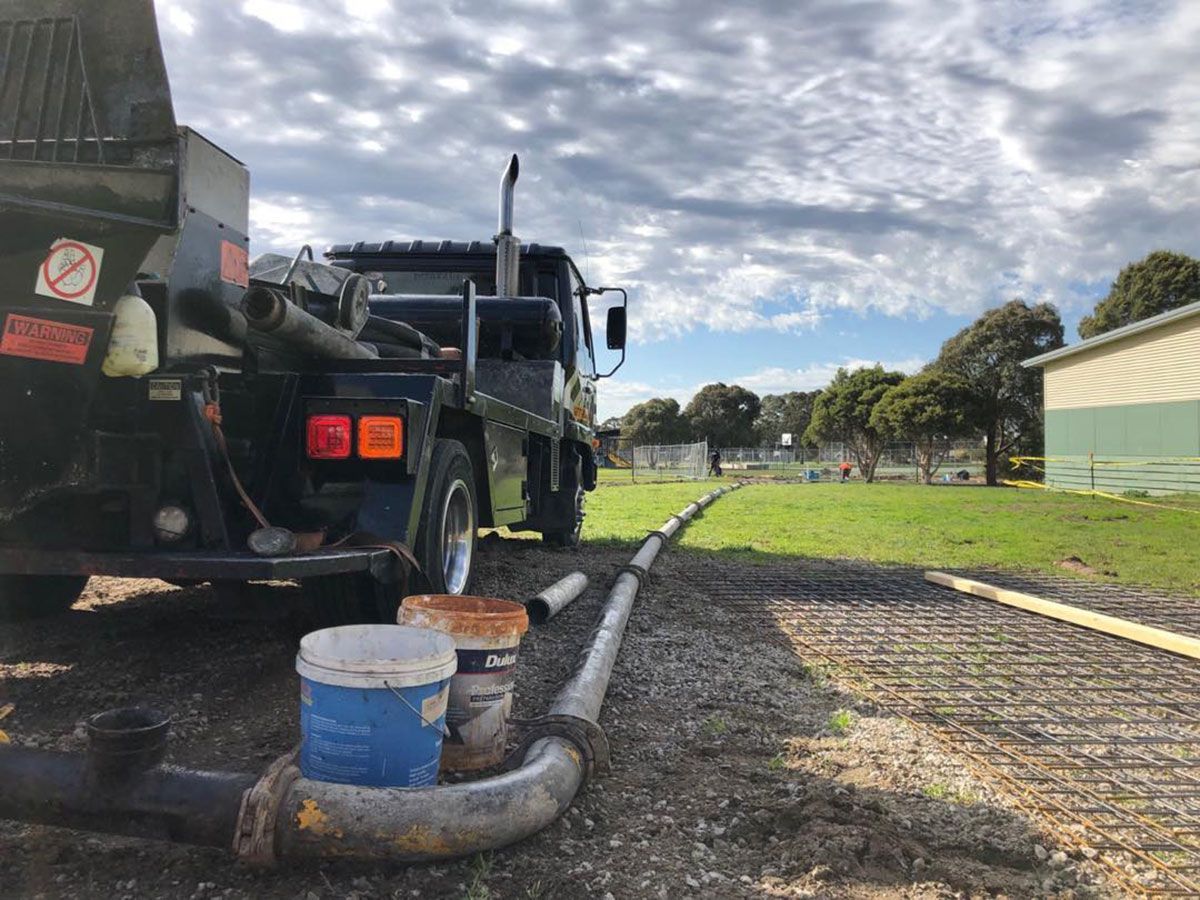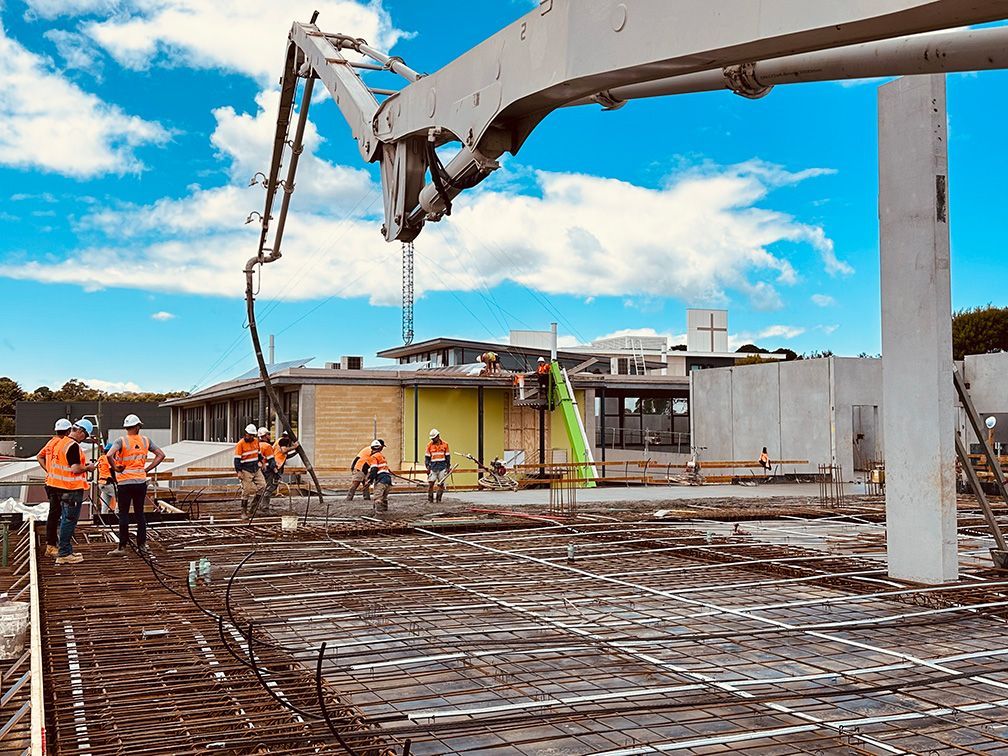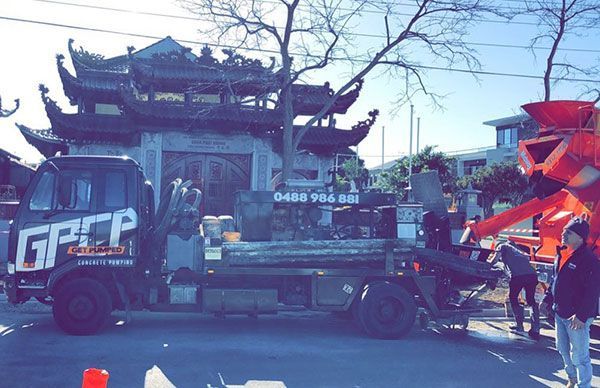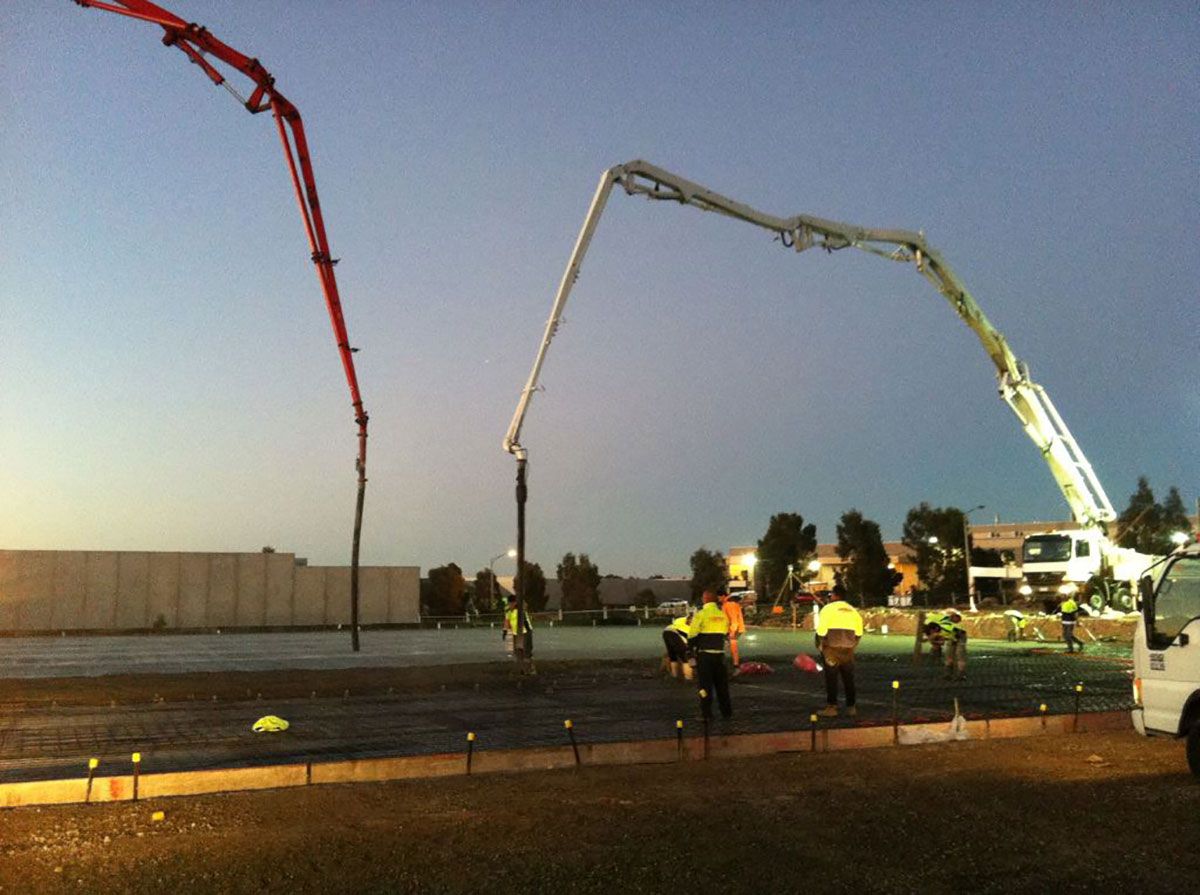Pumping concrete: how the process works on site
Pumping concrete has become standard practice on most modern construction sites, and for good reason. It’s faster, safer, and far more efficient than moving concrete manually. Whether you're working on concrete panels, footings, or a slab for a new build, understanding how the process works helps your crew stay organised and on schedule. This guide walks through each step of a typical concrete pumping job, highlighting how control measures, preparation, and experience all play a role in a smooth pour.
Why pumping concrete is the preferred method for modern pours
In the construction industry, tight schedules and increasingly complex sites have made pumping concrete the most reliable way to place wet mix quickly and safely. It eliminates the need for wheelbarrows or cranes, especially in hard-to-access zones or high-risk construction work environments. Whether using mobile concrete pumps, line pumps, or booms, the goal is to place concrete exactly where it’s needed – reducing waste, improving finish quality, and increasing productivity. With the right concrete pumping equipment and crew, even large-scale pours become manageable.
Step 1: Preparing the site for concrete pumping
Before any concrete placing equipment arrives, the site must be ready. That means formwork and steel should be set, safe work method statements completed, and access routes cleared. The pump and concrete delivery truck need enough room to safely position near the pour zone, and communication should be established between the line hands, site supervisors, and any other trades on site.
If the job involves high-risk work carried out in confined spaces or elevated areas, appropriate control measures must be in place before pumping begins.
Step 2: Setting up the concrete pump
Once the pump arrives, the team begins setup. This will differ depending on whether a mobile pump, line pump, or boom is being used. Hoses are run from the pump to the pour area, lines are primed with a cement slurry, and safety zones are established. A pre-start inspection of all concrete pumping equipment ensures there are no leaks or blockages. The hopper is positioned for the concrete delivery truck to reverse into, and the line hands prepare to assist with hose management and safe operation during the pour.
Step 3: Coordinating the concrete delivery
Timing is everything. The concrete supply must arrive when the pump is set and ready to go, avoiding cold joints or long wait times. The mix must be pumpable – typically with a slump that suits the concrete pumping equipment – and designed for the specific job (e.g. concrete panels, footings, structural slabs).
Drivers and operators communicate throughout the process to keep flow consistent, especially for large-scale pours where multiple truckloads are needed.
Step 4: Pumping concrete into place
With the hopper loaded and all crew in position, the operator starts pumping concrete. The material is drawn from the hopper and forced through the pipes or boom to the placement point. The line hands guide the hose, directing the pour to spread evenly across the formwork or into the cavity. Throughout the pour, the team monitors for consistency, avoids overfilling, and ensures no air pockets or voids form. Coordination is essential, particularly on high-risk construction work or when concrete spraying or vertical pumping is involved.
Step 5: Cleaning, pack-down and post-pour checks
After the pour is complete, the pump lines must be flushed immediately. Residual concrete is cleaned from the system to prevent blockages, and hoses are broken down and packed up. The team then reviews the pour, checking for finish quality, consistency, and any areas that require touch-up.
All tools and concrete placing equipment are cleaned down and stowed according to safety guidelines, ready for the next concrete pumping job.
Why working with an experienced concrete pumping crew like Get Pumped matters
When it comes to pumping concrete, experience can make or break a pour. An experienced crew understands safe work method statements, anticipates risks, and ensures control measures are in place before the truck even arrives. At Get Pumped, we offer concrete pumping services using one of Melbourne’s largest fleets of mobile pumps. Our team supports all stages of the pour, from site prep to clean-up, and ensures every job is carried out safely, efficiently, and in line with the highest construction industry standards. To learn more about our services, contact our team and we’ll be able to assist you with your enquiries.

